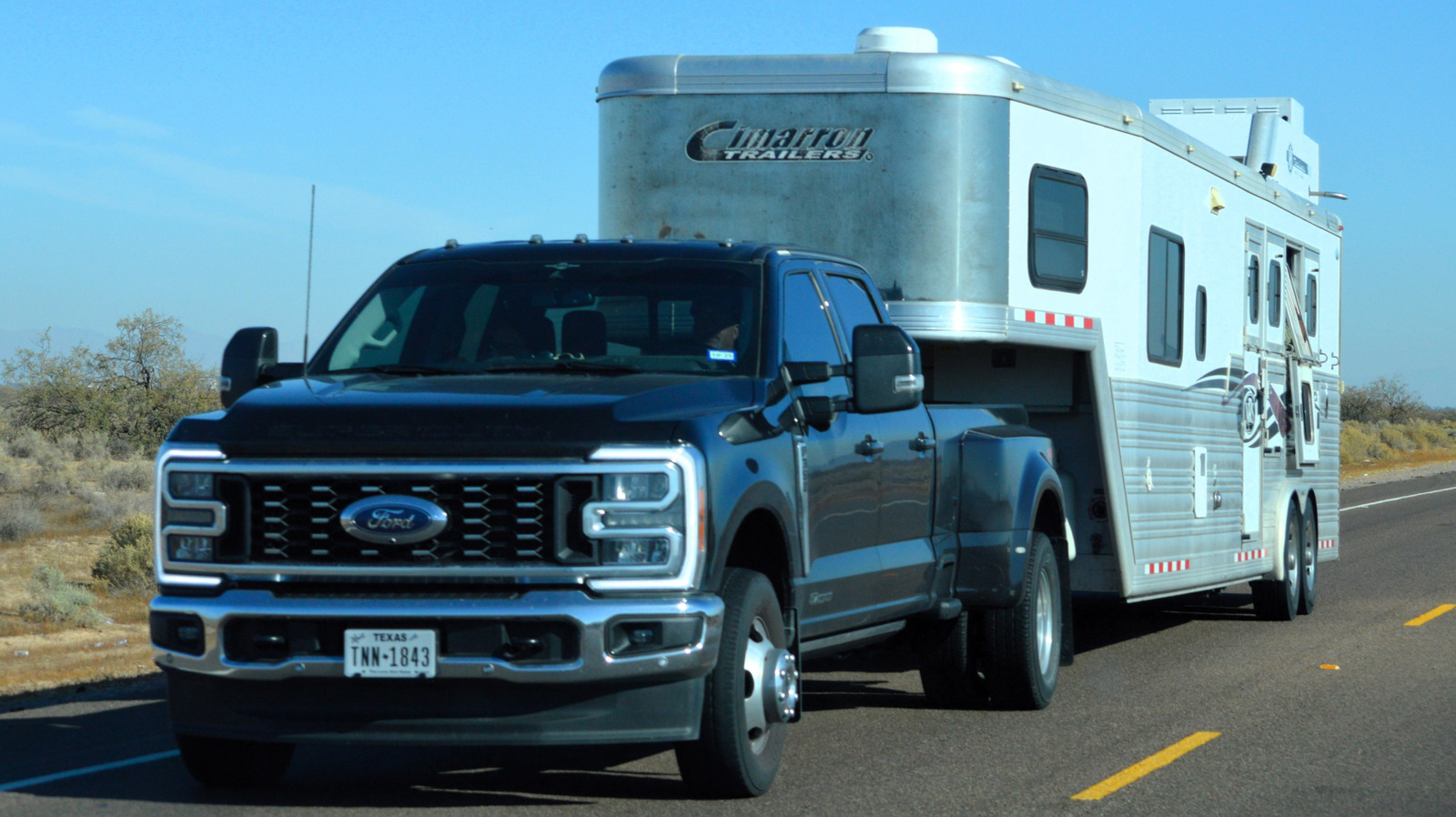Independent front suspension (IFS) has become the go-to choice for many modern vehicles, offering a smoother ride and better handling on paved roads. Yet, when you look at certain trucks, especially those designed for heavy-duty use or off-roading, you might still find solid front axles (SFA) holding their ground. So, what gives? Why do some trucks stick with this older technology when IFS seems to be the clear winner in most scenarios?
Understanding the Basics of Suspension Types
To appreciate the ongoing debate between IFS and SFA, it helps to know what each system brings to the table. IFS allows each wheel to move independently, which enhances ride comfort and handling on smooth surfaces. This setup is fantastic for everyday driving and provides a more refined experience, especially on highways.
On the flip side, solid front axles connect both wheels, meaning they move together. This design is often seen in trucks that prioritize durability and off-road capability. It’s a simpler, more robust system that can handle heavy loads and rough terrain without the complexities that come with independent suspensions.
Why Solid Front Axles Still Matter
For many truck enthusiasts and professionals, the choice of suspension boils down to specific needs. Here are a few reasons why solid front axles remain relevant:
1. **Durability and Strength**: Solid axles are built to withstand significant stress. They’re less likely to break under heavy loads or during extreme off-road conditions. This makes them a favorite for trucks used in construction, agriculture, or any field where tough conditions are the norm.
2. **Off-Road Performance**: When it comes to tackling rugged terrains, solid axles shine. They provide better ground clearance and articulation, allowing trucks to navigate obstacles like rocks and deep ruts more effectively. This is crucial for off-road enthusiasts who want to push their vehicles to the limit.
3. **Simplicity and Maintenance**: Solid axles have fewer moving parts compared to IFS, which means there’s less that can go wrong. For those who prefer to do their own maintenance, this simplicity can be a significant advantage. Repairs are often easier and less costly.
4. **Cost-Effectiveness**: Trucks equipped with solid axles can sometimes be more affordable, both in terms of initial purchase price and long-term maintenance. For buyers on a budget, this can be a deciding factor.
Real-World Examples of Solid Axles in Action
Take a look at vehicles like the Jeep Wrangler or the Ford F-250 Super Duty. These trucks are designed with solid front axles for a reason. The Wrangler, beloved by off-roaders, thrives on its ability to conquer challenging landscapes, while the F-250 is a workhorse that needs to haul heavy loads without faltering.
In contrast, many SUVs and light-duty trucks have shifted to IFS to cater to urban drivers who prioritize comfort and fuel efficiency. This shift illustrates how different needs dictate the choice of suspension.
The Future of Truck Suspension
While IFS continues to dominate the market for passenger vehicles, solid front axles aren’t going anywhere soon. As long as there are trucks designed for heavy-duty tasks and off-road adventures, the solid axle will maintain its place in the lineup. Manufacturers are even finding ways to enhance solid axle designs, integrating modern technology to improve performance without sacrificing the inherent benefits.
So, what’s the takeaway? The choice between independent front suspension and solid front axles isn’t about one being better than the other; it’s about finding the right fit for your needs. Whether you’re cruising down the highway or tackling a rocky trail, understanding these differences can help you make an informed decision. If you’re in the market for a truck, consider what you’ll be using it for most. With the right knowledge, you’ll be well-equipped to choose the suspension that best suits your lifestyle.


